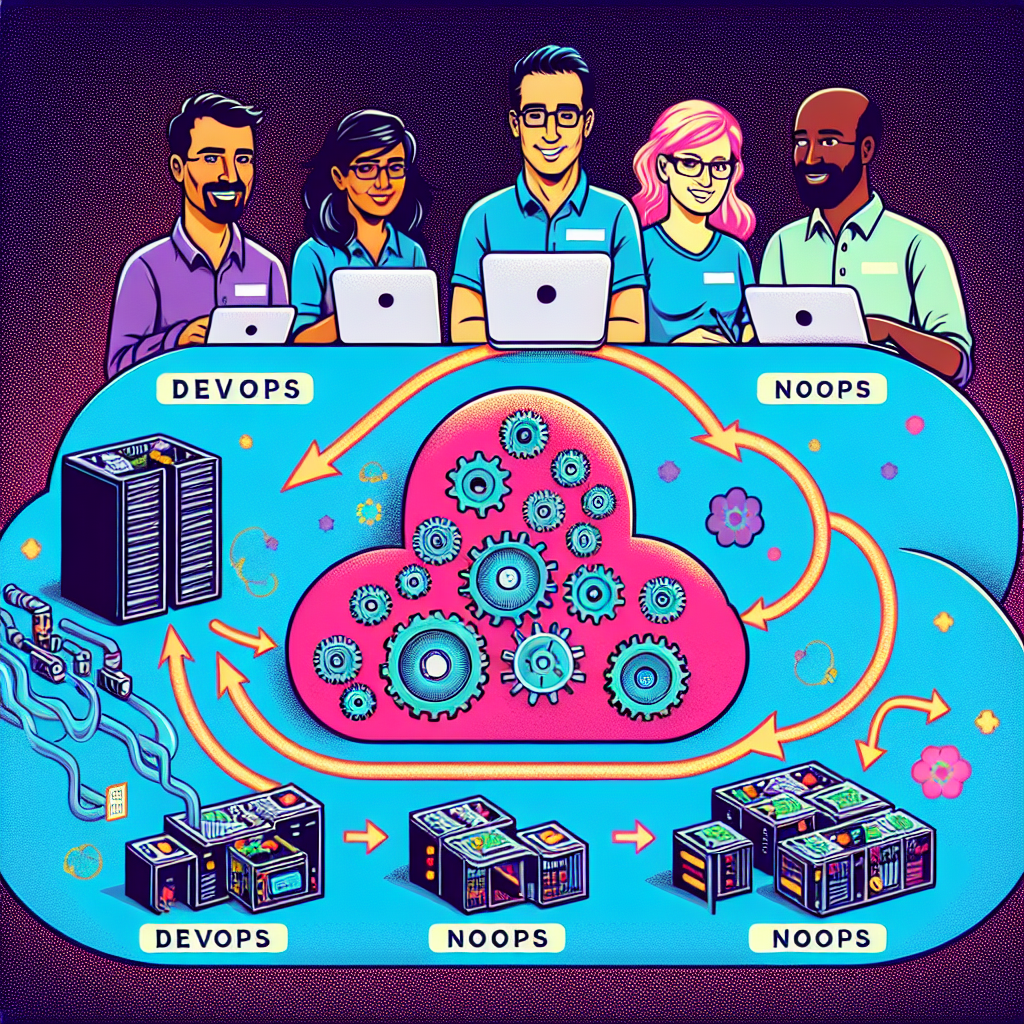Fix today. Protect forever.
Secure your devices with the #1 malware removal and protection software
In recent years, the evolution of cloud operations (CloudOps) has been rapidly changing the way businesses operate and manage their IT infrastructure. From the traditional approach of DevOps to the emerging trend of NoOps, organizations are shifting towards more automated, efficient, and agile practices to meet the demands of a fast-paced digital world.
DevOps, which stands for Development and Operations, was introduced as a methodology that emphasizes collaboration, communication, and integration between software developers and IT operations teams. It aimed to streamline the software development process and improve the quality and speed of delivering applications.
However, as businesses started moving towards cloud computing and infrastructure as a service (IaaS) models, the need for more automated and scalable operations became apparent. This led to the rise of CloudOps, a specialized approach to managing cloud environments that focuses on automation, monitoring, and optimization of cloud resources.
As CloudOps matured, a new concept called NoOps began to emerge. NoOps, short for No Operations, represents a paradigm shift where the traditional roles of operations teams are eliminated, and developers are responsible for managing the entire application lifecycle, from development to deployment and monitoring.
The idea behind NoOps is to automate as much of the operational tasks as possible, allowing developers to focus on writing code and delivering features without worrying about infrastructure management. This approach aims to increase efficiency, reduce human error, and accelerate the pace of software development.
While the concept of NoOps may seem radical to some, it is gaining traction among forward-thinking organizations that are looking to stay ahead of the curve in a rapidly evolving digital landscape. By leveraging cloud-native technologies, serverless computing, and continuous integration/continuous deployment (CI/CD) pipelines, businesses can achieve greater agility, scalability, and cost savings.
In conclusion, the evolution of CloudOps from DevOps to NoOps reflects the changing needs and demands of modern businesses in a digital-first world. By embracing automation, scalability, and agility, organizations can stay competitive, innovate faster, and deliver value to their customers more efficiently. Whether you are still following the traditional DevOps model or considering transitioning to NoOps, it’s essential to stay informed about the latest trends and advancements in CloudOps to drive success in the digital era.
Fix today. Protect forever.
Secure your devices with the #1 malware removal and protection software

Leave a Reply
You must be logged in to post a comment.